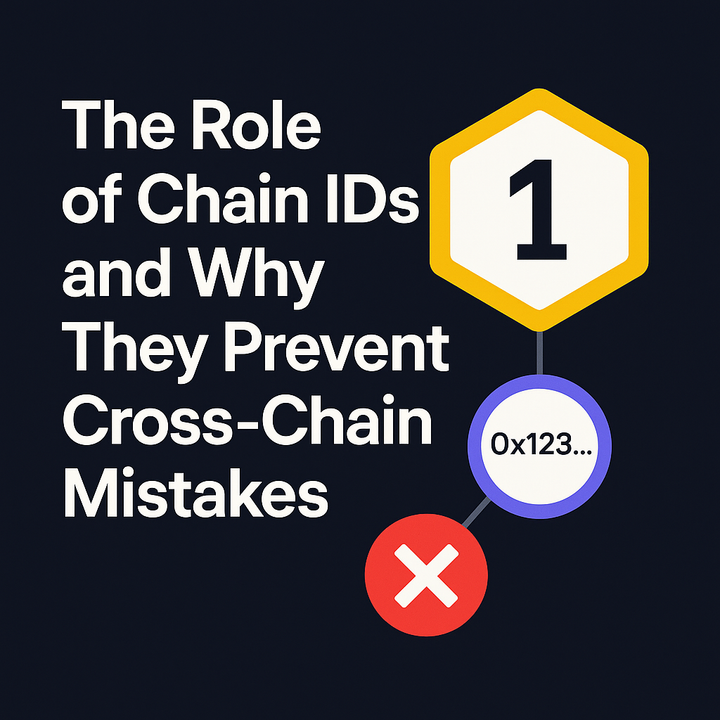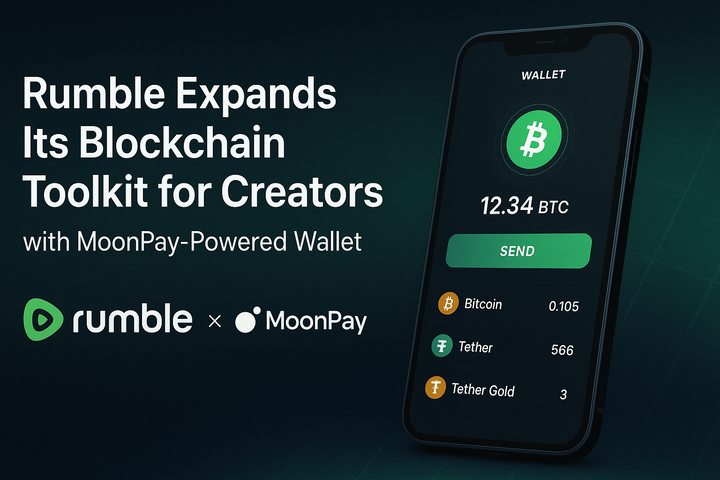How the Federal Reserve’s Moves Are Shaking Up Crypto Investing
If you’re a crypto investor whether you’re holding a few bucks in Ethereum or a chunk of Bitcoin in a hardware wallet you’ve probably felt the sting of these moments.
The Fed, America’s central bank, might seem like a distant bureaucracy, but its decisions are rocking the crypto market and your portfolio.
So, what’s going on, and how does it affect you? Let’s break it down.
Why It Matters to Your Crypto
First, a quick primer. The Federal Reserve, or “the Fed,” is the U.S. central bank, tasked with keeping the economy stable by controlling things like interest rates and the money supply. When the Fed raises or lowers rates, it’s like turning the dial on how expensive it is to borrow money or how attractive it is to save. These moves ripple through stocks, bonds, and yes cryptocurrencies.
Crypto, despite its “decentralized” vibe, isn’t immune to these traditional financial forces. Bitcoin and Ethereum may not be controlled by any government, but they live in a global economy where the Fed’s actions shape investor behavior. When the Fed speaks, markets listen, and crypto investors like you feel the impact. Let’s dive into how this plays out, using recent Fed decisions as our guide.
The Fed’s Recent Moves: A Rollercoaster for Crypto
In July 2025, the Fed decided to hold interest rates steady at 4.25% to 4.50%, a range unchanged for five meetings since a 25-basis-point cut in December 2024. This pause came amid concerns about inflation, fueled by President Trump’s proposed tariffs and tax plans, which could drive up prices. Meanwhile, the crypto market reacted with jitters: Bitcoin slipped both MCAP and Price, Ethereum barely budged, and traders on platforms like X were buzzing with speculation.
Rewind to December 2024, when the Fed cut rates by 25 basis points. Bitcoin took a hit, dropping 5.7% from $104,800 to $98,802, and Ethereum fell 9.2% from $3,907 to $3,541. Why? Fed Chair Jerome Powell’s comments during the post-meeting press conference didn’t help. He noted the Fed can’t hold Bitcoin, which sparked selling pressure. Investors expected more rate cuts in 2025, but Powell’s cautious tone signaled a slower pace, dampening the “risk-on” mood that fuels crypto rallies.
These moves show how sensitive crypto is to the Fed’s signals. Higher rates or a hawkish stance (Fed-speak for “we’re worried about inflation”) make investors cautious, pulling money from risky assets like crypto in blockchain. Lower rates, on the other hand, often spark a rush into Bitcoin and altcoins as cheap money flows into speculative investments. Let’s explore why this happens and what it means for you.
Why Crypto Cares About Interest Rates
Imagine you’re deciding whether to buy Bitcoin or put your money in a savings account. If the Fed raises rates, banks offer higher returns on savings or bonds, making them more attractive than volatile crypto. Higher rates also make borrowing more expensive, so investors might avoid leveraging up to buy Bitcoin. This “risk-off” sentiment tanks crypto prices, as we saw in 2022 when rates climbed and Bitcoin plummeted.
Conversely, when the Fed cuts rates, borrowing gets cheaper, and investors feel bolder. Money flows into riskier assets like stocks and crypto, boosting prices. During the COVID era, when rates dropped to near zero, Bitcoin soared from under $5,000 to over $60,000 in a year. In 2024, as rates started declining, Bitcoin hit all-time highs above $106,000, partly fueled by rate-cut expectations and Bitcoin ETF inflows.
But it’s not just about rates. The Fed’s words matter, too. Markets often move based on what investors expect the Fed to do. If Powell hints at future cuts, crypto traders might pile in, driving prices up. If he sounds hawkish, like in December 2024, prices can tank. This volatility can be a gut punch if you’re holding crypto, but it’s also a chance to understand the game.
The Fed’s Crypto Policies: A New Era?
Beyond interest rates, the Fed’s stance on crypto itself is shifting. In April 2025, the Fed withdrew guidance that required banks to notify it before engaging in crypto activities, like holding digital assets or issuing stablecoins. This move, alongside similar actions by the FDIC and OCC, signals a more crypto-friendly approach under the Trump administration. Banks can now explore crypto services like offering Bitcoin custody or stablecoin payments without jumping through as many hoops.
For investors, this is huge. Easier banking access could mean smoother crypto-fiat transactions, making it simpler to buy or sell Bitcoin. Imagine walking into your bank and buying Ethereum like you’d buy a stock. This could boost mainstream adoption, driving prices higher. However, it also raises risks: as crypto enters traditional finance, a failure in the crypto sector could spill over, like the 2023 collapses of Signature and Silvergate Banks, which were tied to crypto deposits.
Then there’s the Strategic Bitcoin Reserve, proposed by President Trump in March 2025. The U.S. already holds about 200,000 Bitcoin from seizures, worth billions. This reserve could legitimize crypto, signaling to investors that it’s a serious asset. Some experts predict this could push Bitcoin prices higher, but others warn of volatility if a crisis hits. For now, it’s a bold move that’s got the crypto world buzzing.
What This Means for You, the Investor
So, how do you navigate this as a crypto investor? Here are some practical tips:
- Stay Informed: Follow Fed announcements, especially FOMC meetings and Powell’s speeches. Sites like Cointelegraph or posts on X can give you real-time updates on market sentiment.
- Diversify: Don’t put all your eggs in one crypto basket. Spread your investments across Bitcoin, Ethereum, and even stablecoins like USDC to hedge against volatility.
- Watch the Dollar: A stronger U.S. dollar, often tied to higher rates, can suppress crypto prices. Keep an eye on dollar strength when planning trades.
- Expect Volatility: Crypto is sensitive to Fed moves, but it’s also driven by hype and news. A single tweet from a policymaker can spark a rally or a crash.
- Think Long-Term: If you believe in crypto’s future, short-term dips from Fed decisions might be buying opportunities. Bitcoin’s history shows resilience after volatility.
The Bigger Picture: Crypto in a Fed-Driven World
The Fed’s influence on crypto isn’t going away. As inflation, tariffs, and economic growth shape its decisions, crypto investors will keep riding the waves. The July 2025 rate hold and the cautious outlook for 2025 cuts show the Fed is balancing growth and inflation fears. Meanwhile, its softer stance on crypto banking and the Strategic Bitcoin Reserve suggest a future where digital assets are more integrated into finance.
For you, this means opportunity and risk. Lower rates could fuel the next crypto bull run, but a hawkish Fed or unexpected inflation could trigger sell-offs. The XDC Network, for example, surged 73% in 30 days in 2025, showing how some altcoins thrive despite volatility. But as crypto gets cozy with banks, the stakes get higher. A crypto crash could ripple through traditional finance, affecting even non-crypto investors.
Looking Ahead: Your Place in the Crypto Game
The crypto market is a wild ride, but it’s also a chance to be part of a financial revolution.
The Fed may set the stage, but you’re the one making the moves. So, keep your eyes on those FOMC meetings, diversify your portfolio, and don’t let a 5% dip scare you off. The future of crypto is bright, Fed or no Fed.



Comments ()